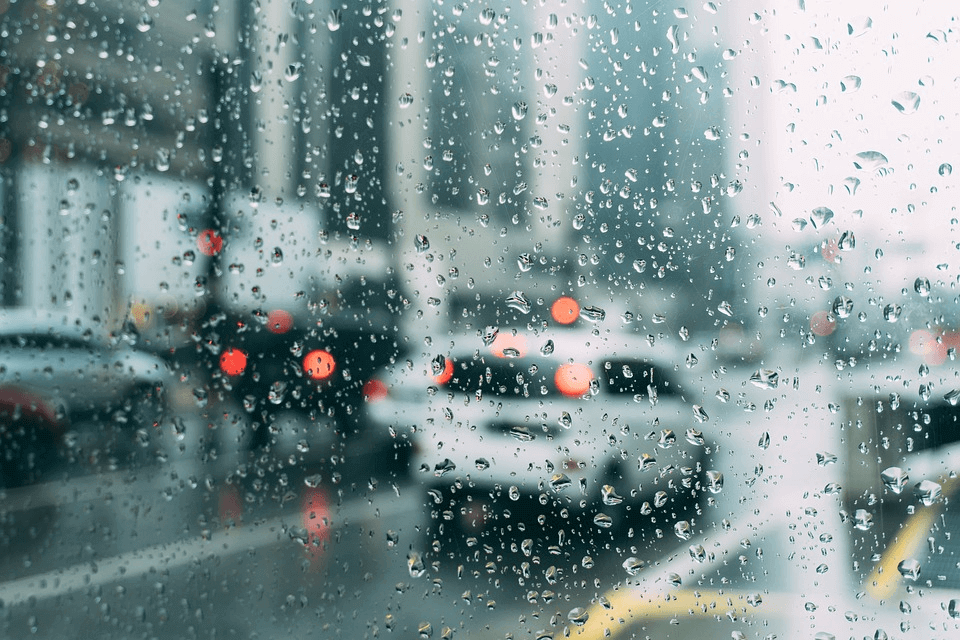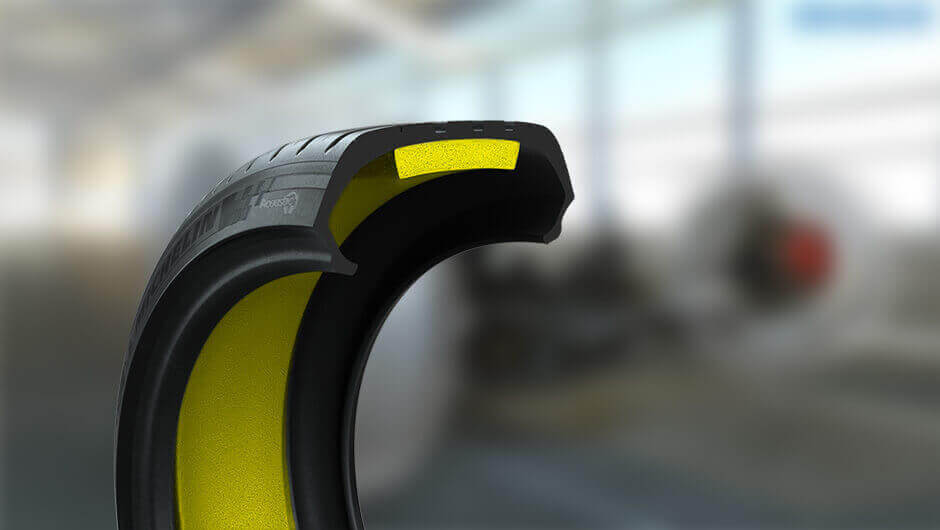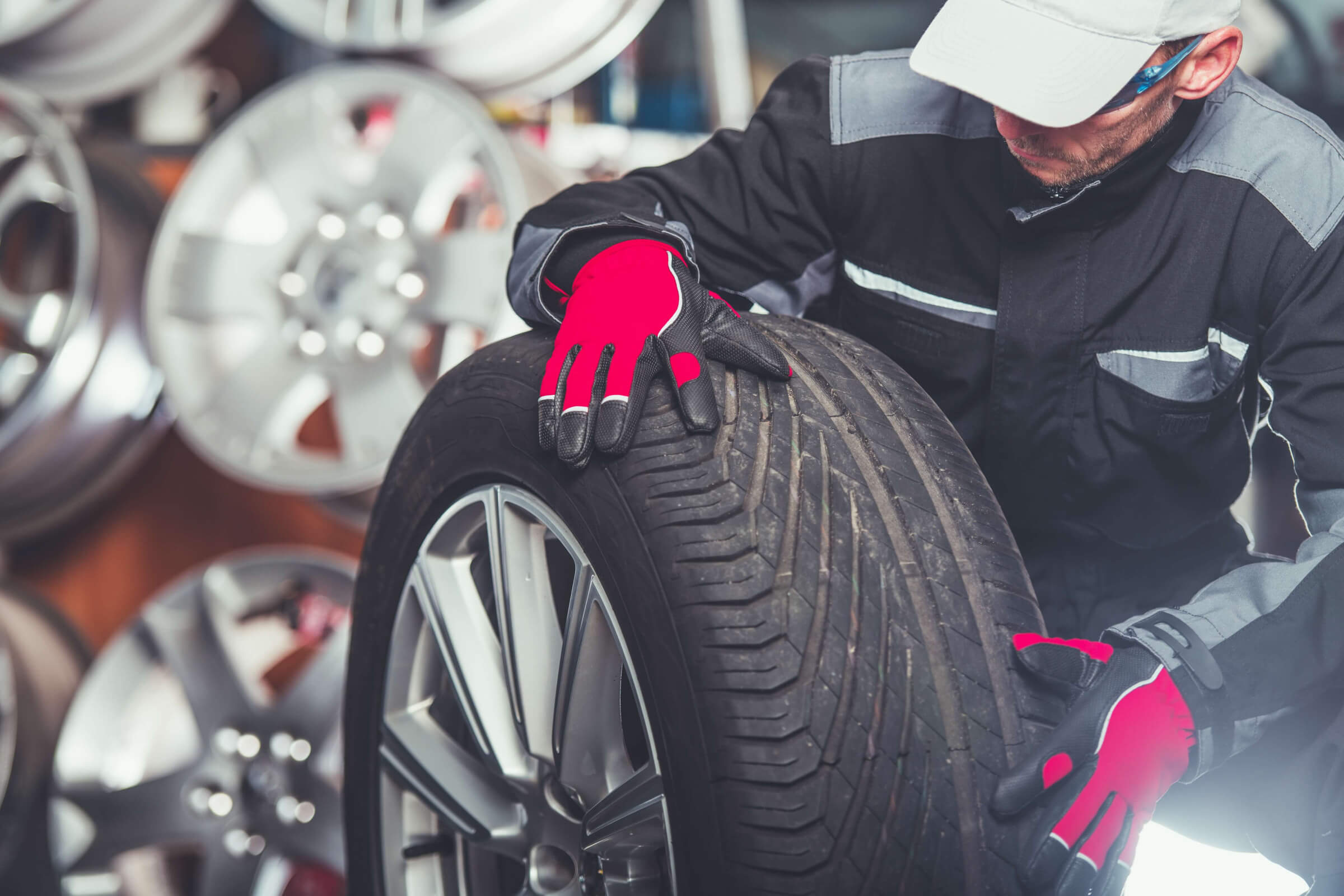Spring is my favourite season: the return of warm weather and leaves in the trees makes you want to go for a drive in your car, doesn’t it? Too often, however, I forget to check the weather forecast on my phone before I leave, let’s call it spontaneity! So, even if at first the journey took place under a blazing sun, I often had to return home under the rain, sometimes leading to more than unpleasant experiences. To avoid situations like these, there is only one solution: be prepared. Luckily, this is quite easy. At least, it’s easy enough to be condensed into five tricks whose application could really improve your driving in bad weather!
-
Watch out for hydroplaning
If you’ve been driving for a while, it’s more than likely that you’ve already had a hydroplaning experience without even knowing the name. This is the term used to describe the phenomenon when a thin layer of water (sometimes as thin as 2mm!) gets between your tire and the road, causing the car to slide out of control and your tires to lose traction. That’s why it’s especially important to have quality and, most importantly, not too worn tires. A reasonable speed also dramatically reduces the risk of hydroplaning. If this happens to you, don’t panic, just keep your steering wheel straight by taking your foot off the accelerator and braking lightly if necessary.
2. Slow down!
Respecting the speed limits goes without saying, but in bad weather, I strongly recommend that you see them for what they are, a maximum, not a suggestion. It’s important to always drive at a speed that takes into account the external circumstances, even if other motorists let you know how unhappy they are. Your safety is more important. Conversely, be lenient and leave extra space between your vehicle and others both while driving and when stopped.
3. Avoid large puddles
Few things are more satisfying than driving into a puddle and causing a big splash, but unfortunately, it’s not a very good idea for your car. Of course, it is sometimes unavoidable to drive into a few puddles, but actively avoiding them protects the mechanics of your vehicle. It’s hard to guess the depth of a water-filled hole, and there’s a risk of hitting a pothole or wetting components of your car that would rather stay dry.
4. Use your brakes wisely
To slow down, you need brakes that work. It may seem obvious, but water and the wear it causes are often the sources of mechanical problems. Braking suddenly, for example, will not be as effective under the rain. So you’ll need to step on the pedal sooner and with less pressure than usual. By doing so, you make it easier for yourself to leave a safe space between you and others and to warn other drivers of your manoeuvre earlier.
5. Use your head!
Again, it’s pretty obvious, but sometimes everyone forgets to do it behind the wheel. Whether you’re running late or singing your favourite song, it’s never a good idea to ignore the road. In the rain, however, it’s even less desirable to let your reflexes take over. I, therefore, recommend that you don’t neglect to check your blind spots before each manoeuvre and to be constantly vigilant of your surroundings. Personally, I have a few tips. Avoiding the use of cruise control on the highway, for example, forces me to pay constant attention to the road. Also, if you’re on cruise control while hydroplaning, there’s a higher risk of losing control.
So, not so complicated, right? Yet, these five simple tricks might one day save you a lot of trouble in rainy situations. The next time the storm comes up unexpectedly, at least you’ll know what to do!






